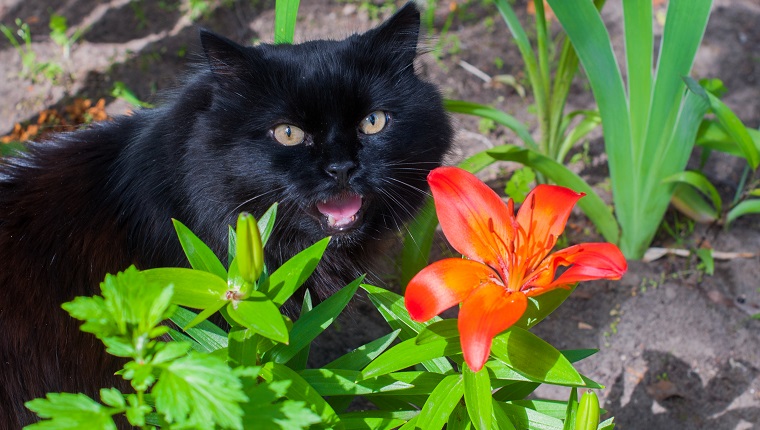March is National Pet Poison Prevention Awareness Month, and it’s a great time to go over some safety tips and prevent accidental poisoning in cats and other animals.
A surprising number of plants can harm your cat. Sometimes they produce mild symptoms like an upset stomach, and sometimes they can cause death.
An Easter Lily, for example, can be fatal for the cat…









